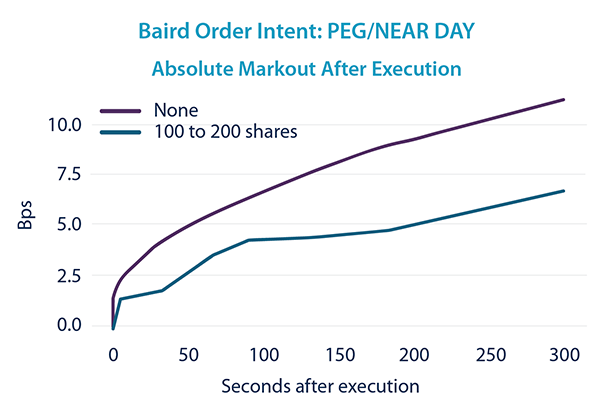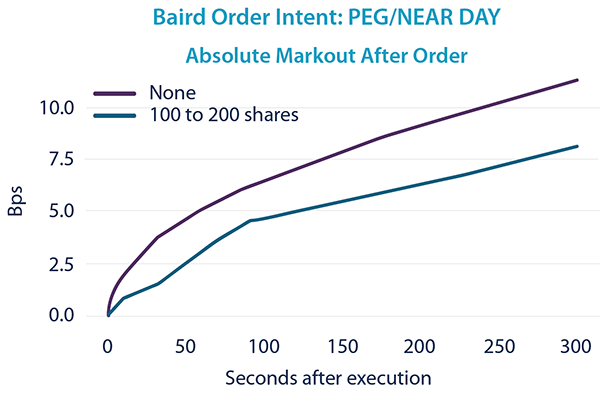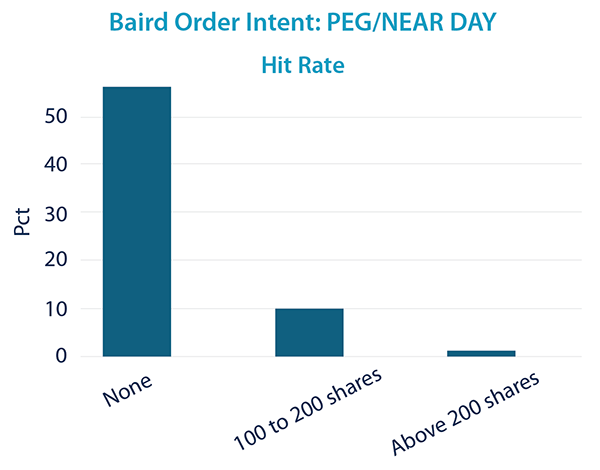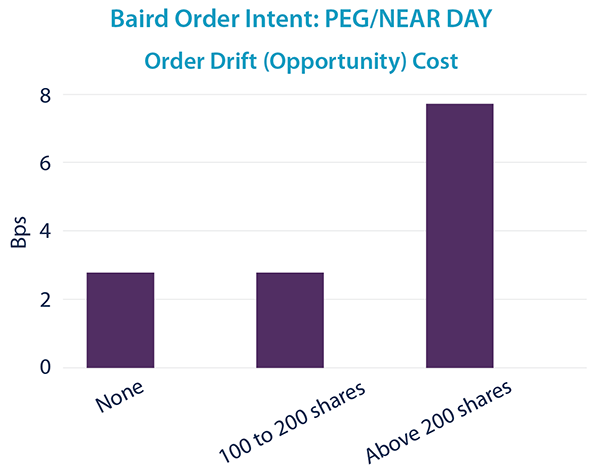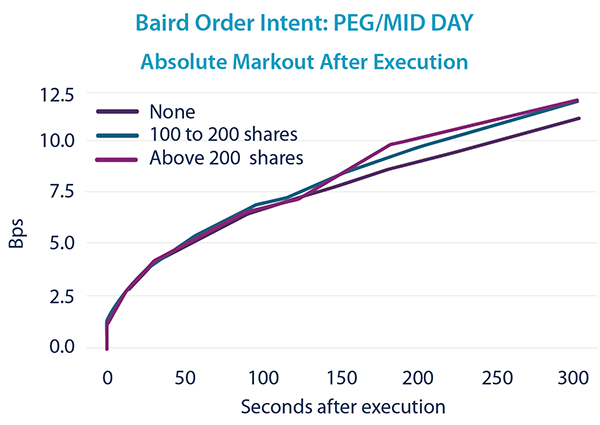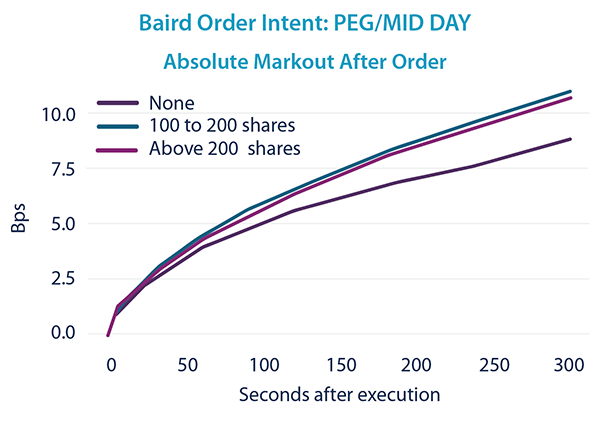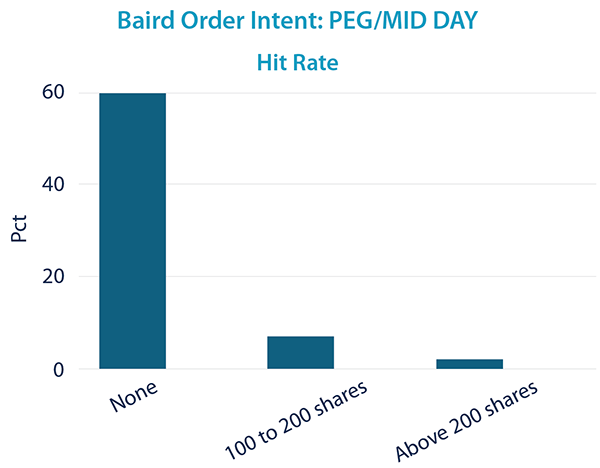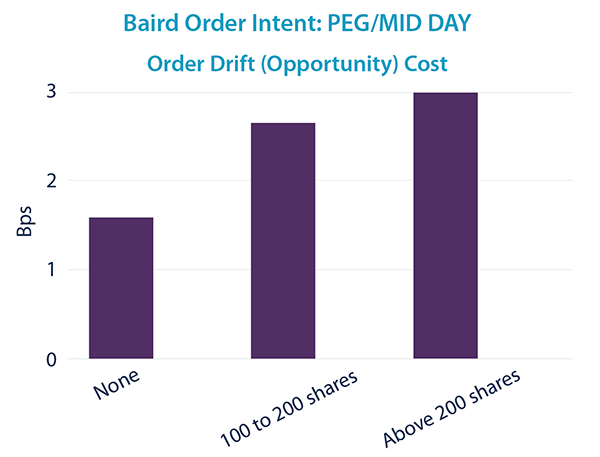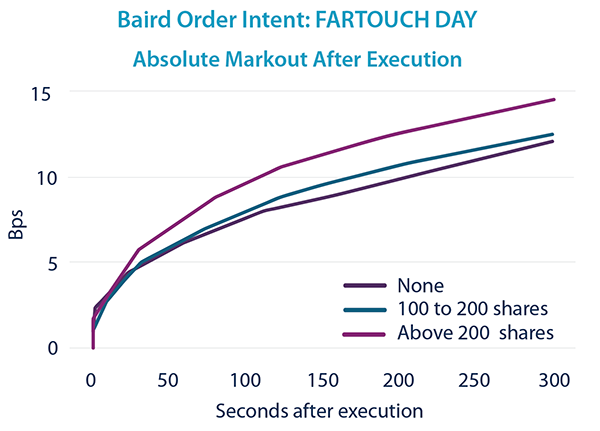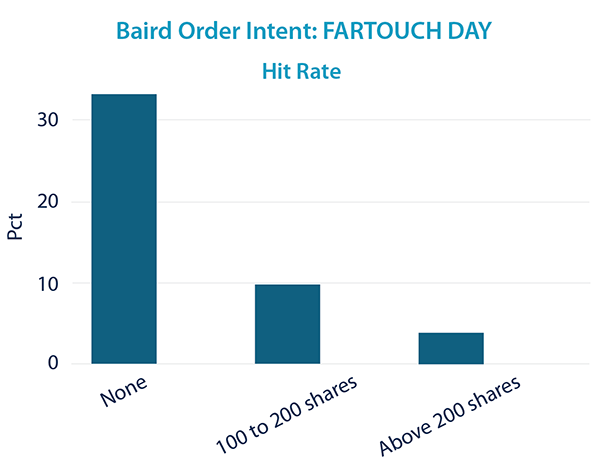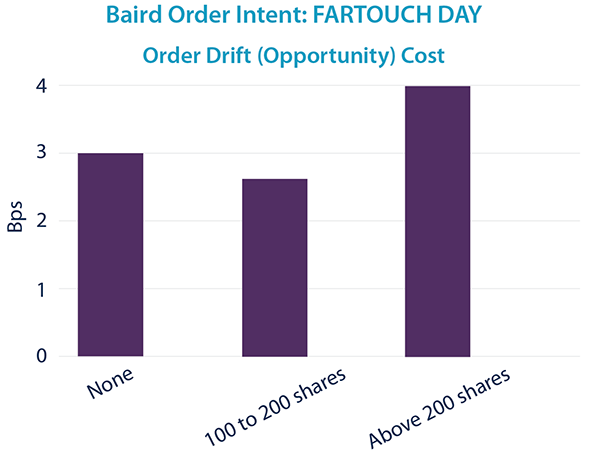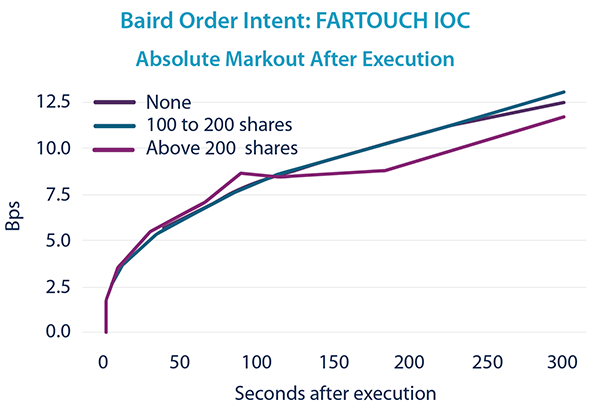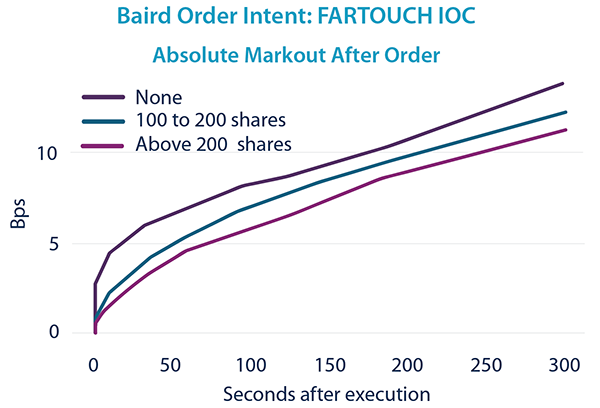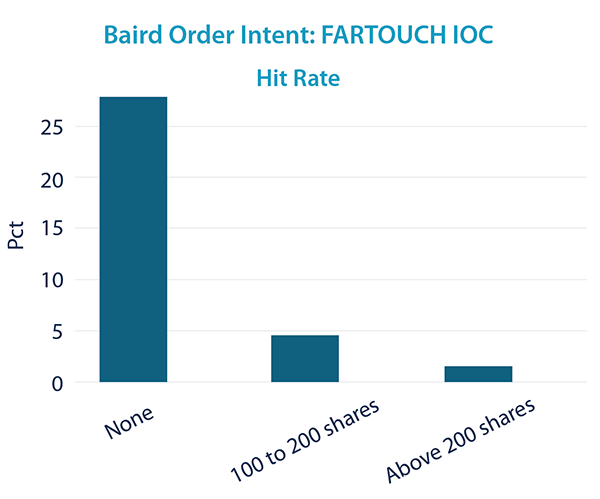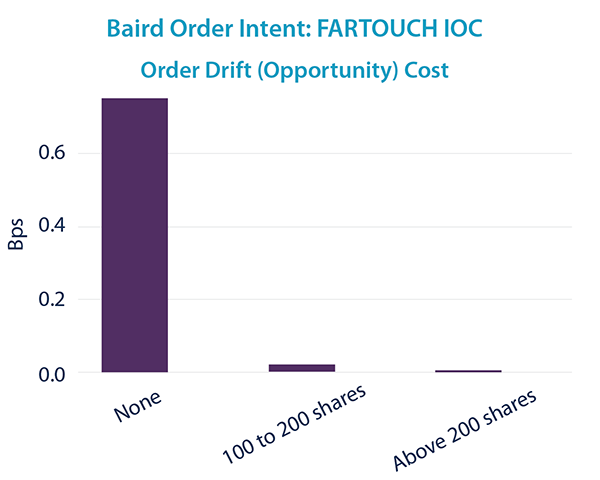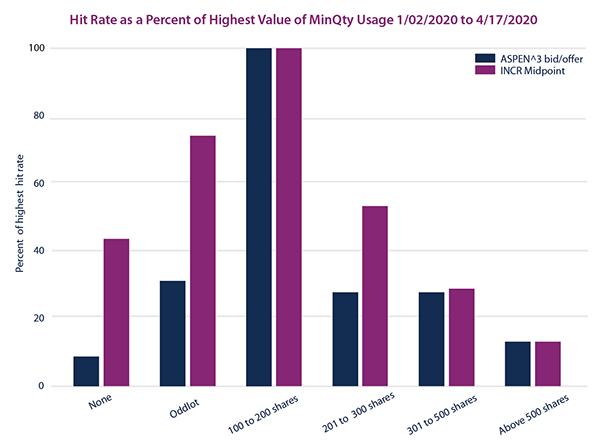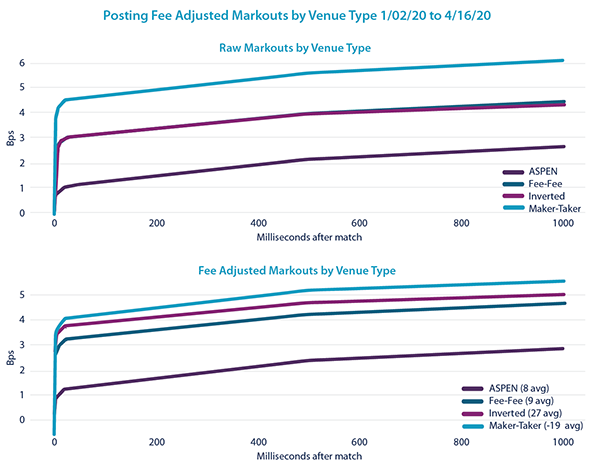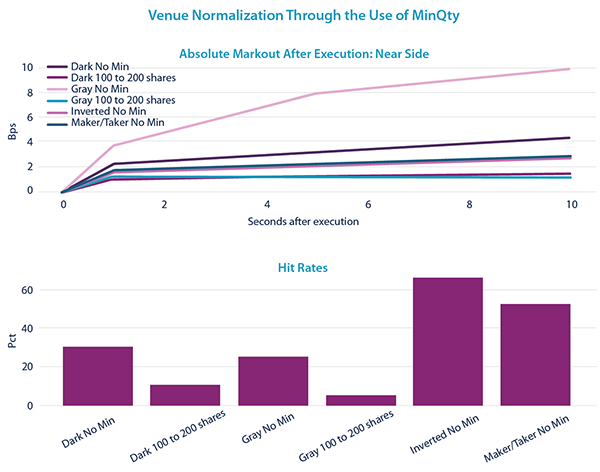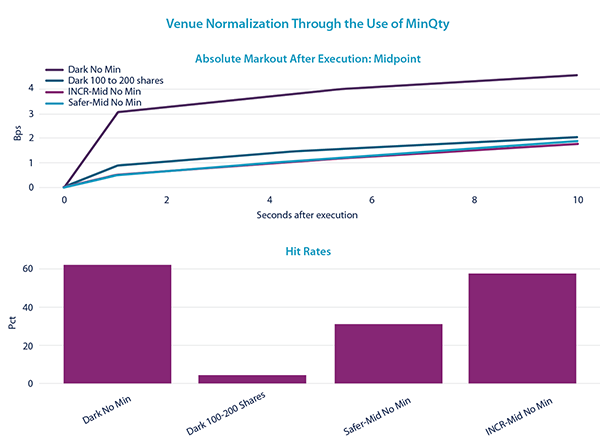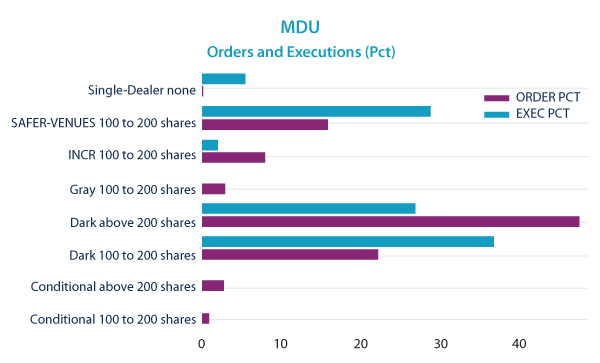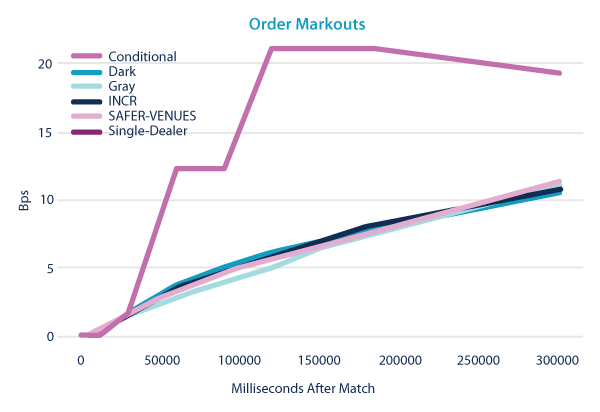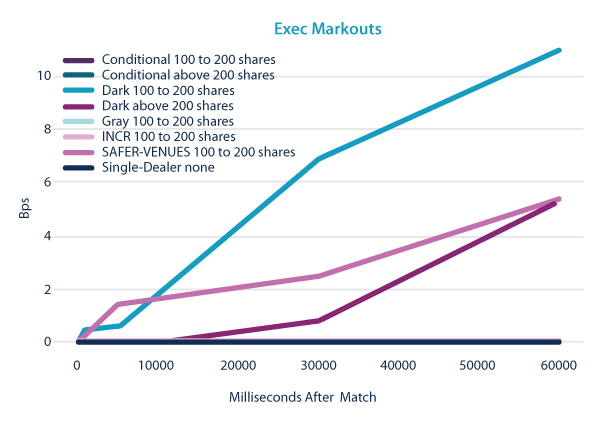Minimum Quantity: Order Protection vs. Venue Optimization
The corresponding material has been prepared by an institutional trader, sales person or desk analyst of Robert W. Baird & Co. Incorporated (Baird) and not by Baird's Research Department. The material is intended for institutional investors only. Recipients of this communication may not distribute it to others without our express prior consent. This communication is provided for informational purposes only and is not an offer, recommendation or solicitation to buy or sell any security. This communication does not constitute, nor should it be regarded as, investment research or a research report or securities recommendation, and it does not provide information reasonably sufficient upon which to base an investment decision. This report does not take into account the specific investment objectives, financial situation, or need of any particular client and may not be suitable for all types of investors. Additional analysis would be required to make an investment decision and investors should independently evaluate particular investments and strategies. The opinions expressed here reflect our judgment at this date and are subject to change. The opinions expressed include our current views with respect to future events. Actual results may differ materially from our expressed expectations. The information in this communication has been obtained from sources we consider to be reliable, but we cannot guarantee its accuracy. The accuracy of the corresponding information has not been verified or confirmed; accordingly, no representation or warranty, expressed or otherwise, is made as to, and no reliance should be placed on, the fairness, accuracy, completeness or timeliness of the information. The observations or views expressed in the material may be changed by the institutional trader, sales person or desk analyst at any time without notice. The information is current only as of the date of this communication and we do not undertake to update or revise such information following such date. The material may have previously been communicated to Baird's trading desk or other Baird clients. You should assume that Baird makes markets and/or currently maintains positions in some or all of the securities mentioned in the material. In addition, the individual providing their observations or views on such securities may be personally responsible for making a market in such securities or in buying or selling such securities for Baird's proprietary accounts. Baird may also provide services or solicit business from, or participate or invest in transactions with, or effect transactions for the issuers of the securities mentioned in the material. The material is merely intended to provide the personal observations or views of individual institutional traders, sales persons, or desk analysts which may be different from or inconsistent with the observations and views of Baird's research analysts, other Baird institutional traders, sales persons or desk analysts or the proprietary positions held by Baird.
